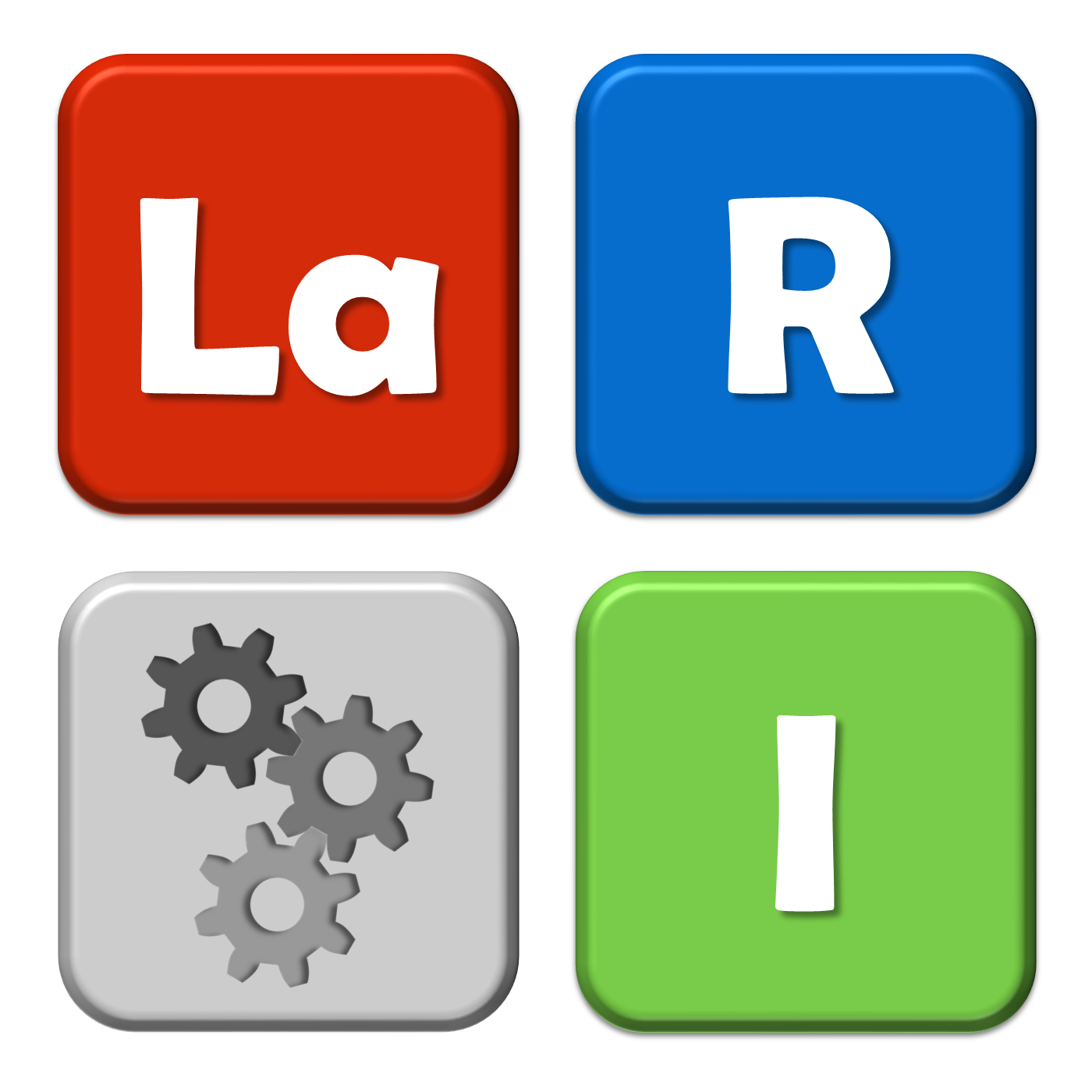 PAROLE SIMPLE CLIPS
PAROLE SIMPLE CLIPS
PAROLE-SIMPLE-CLIPS is a four-level, general purpose computational lexicon that has been elaborated over three different projects. The kernel of the morphological and syntactic lexicons was built in the framework of the LE-PAROLE project. The linguistic model and the core of the semantic lexicon were elaborated in the LE-SIMPLE project, while the phonological level of description and the extension of the lexical coverage were performed in the context of the Italian project Corpora e Lessici dell’Italiano Parlato e Scritto (CLIPS).
The whole PAROLE-SIMPLE-CLIPS lexicon consists of 55,000 lemmas with phonological, morphological and syntactic description and 55,000 word senses encoded at the semantic level[1], in full accordance with the international standards set out in the PAROLE-SIMPLE model. PAROLE-SIMPLE-CLIPS offers therefore the outstanding advantage of being compatible with the other eleven PAROLE-SIMPLE lexicons that were built for all European languages and that share a common theoretical model, representation language and building methodology.
A PAROLE-SIMPLE-CLIPS entry gathers together all the phonological, morphological and inherent syntactic and semantic properties of a headword. Its subcategorization pattern is (or are) described in terms of optionality, syntactic function, syntagmatic realization as well as morpho-syntactic, syntactic and lexical properties of each slot filler. At the semantic level, the theoretical approach adopted by the SIMPLE model is essentially grounded on a revisited version of some fundamental aspects of the Generative Lexicon.
A SIMPLE-CLIPS semantic unit is richly endowed with a wide range of fine-grained, structured information, most relevant for NLP applications. First among them, the ontological typing: the lexicon is in fact structured in terms of a multidimensional type system based on both hierarchical and non-hierarchical conceptual relations, taking into account the principle of orthogonal inheritance. Other relevant information types in a word entry are its domain of use; type of denoted event; synonymy and morphological derivation relations; membership in a class of regular polysemy as well as any relevant distinctive semantic features. Particularly outstanding is the information encoded in the Extended Qualia Structure (a set of 60 semantic relations that allow modelling both the different meaning dimensions of a word sense and its relationships to other lexical units) and the Predicative Representation which describes the semantic scenario the word sense considered is involved in and characterizes its participants in terms of thematic roles and semantic constraints.
In a word’s description, lexical information is interrelated across the four description levels. Syntactic and semantic information, in particular, is related to each other through the projection of the predicate-argument structure onto its syntactic realization(s).
The PAROLE-SIMPLE-CLIPS lexicon developed at the CNR Institute for Computational Linguistics (CNR-ILC), in Pisa, consists of:
- 387,267 phonological units,
- 53,044 morphological units,
- 37,441 syntactic units,
- 28,464 semantic units.
The PAROLE-SIMPLE-CLIPS lexicon is distributed by the Evaluations and Language resources Distribution Agency (ELDA).
